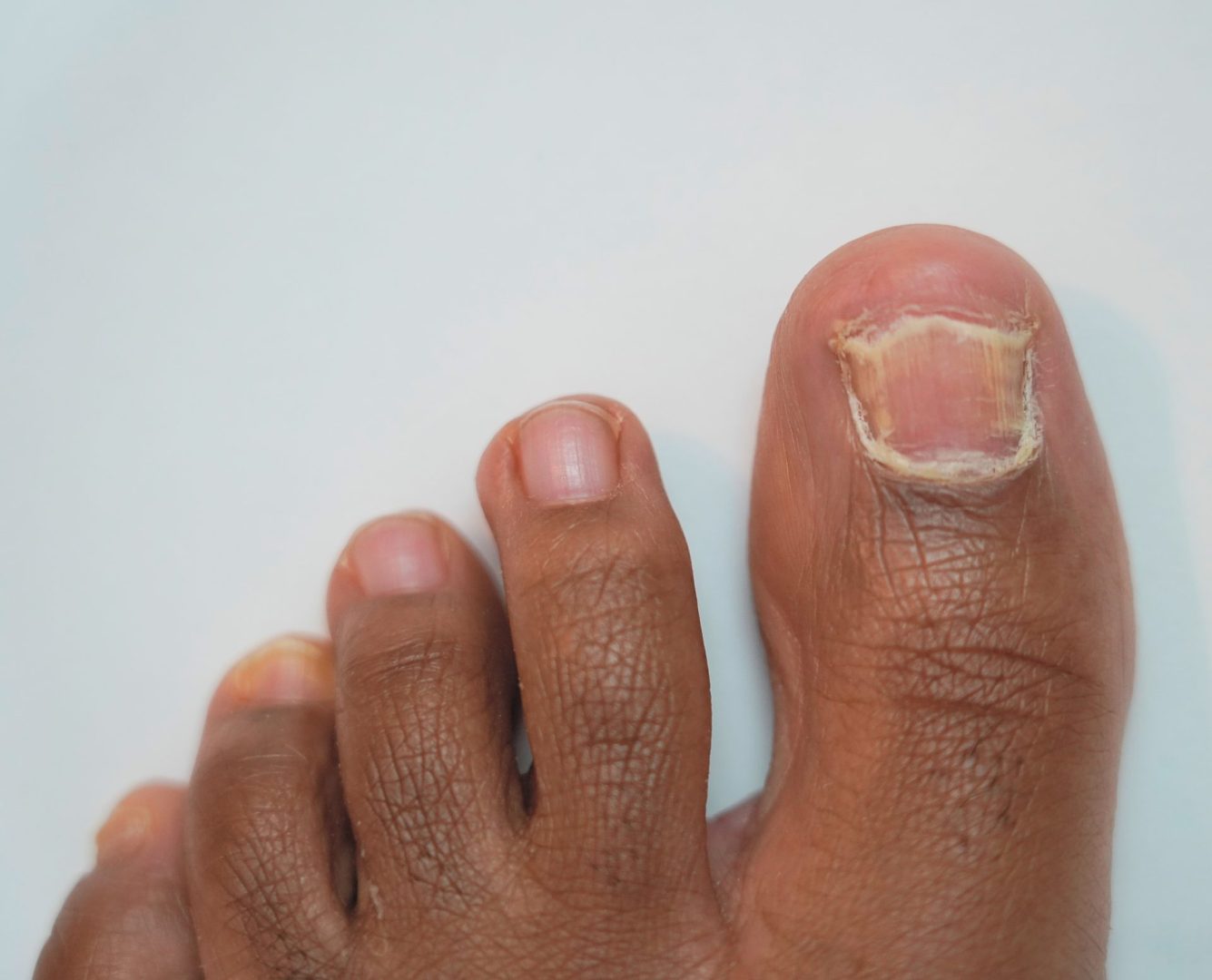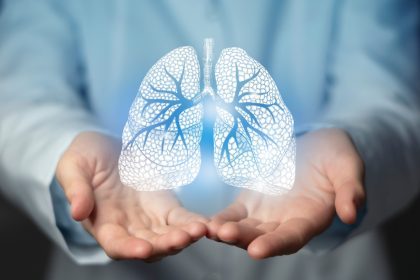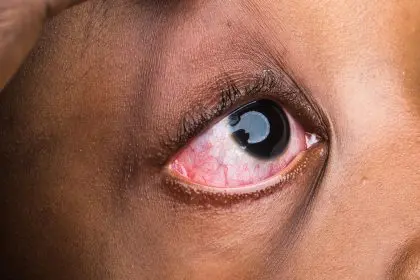That persistent nail fungus that has resisted conventional treatments might finally meet its match in an unexpected place – your kitchen spice rack. Garlic, the pungent bulb that has flavored meals for thousands of years, contains powerful compounds that could transform your approach to treating stubborn fungal infections that affect millions of people worldwide.
Nail fungus, medically known as onychomycosis, creates thick, discolored, and often painful nails that can be embarrassing and uncomfortable. Traditional treatments often involve lengthy courses of prescription medications with potential side effects, or expensive topical solutions that may take months to show results. The search for effective, natural alternatives has led many people to explore the antifungal properties hidden within common household ingredients.
The science behind garlic’s antifungal power
Garlic’s effectiveness against fungal infections stems from its rich concentration of sulfur-containing compounds, particularly allicin. This powerful substance forms when garlic cloves are crushed, chopped, or damaged, triggering an enzymatic reaction that creates one of nature’s most potent antifungal agents.
- Allicin production: When garlic cells are damaged, the enzyme alliinase converts alliin into allicin, creating the characteristic smell and therapeutic properties.
- Fungal cell wall disruption: Allicin penetrates fungal cell walls, disrupting their structure and preventing normal cellular function.
- Enzyme interference: The compound interferes with essential fungal enzymes, blocking the processes necessary for fungal growth and reproduction.
- Biofilm breakdown: Garlic compounds can help dissolve the protective biofilms that fungi create to shield themselves from treatments.
- Broad-spectrum activity: Garlic demonstrates effectiveness against multiple types of fungi, including those commonly responsible for nail infections.
- Secondary compound support: Beyond allicin, garlic contains other sulfur compounds like ajoene and diallyl disulfide that contribute to its antifungal effects.
- Synergistic action: Multiple compounds work together to create a more powerful antifungal effect than any single component alone.
The antifungal properties of garlic have been recognized across cultures for centuries, with traditional medicine systems incorporating garlic into treatments for various fungal conditions. Modern understanding of these mechanisms helps explain why this common ingredient can be so effective against persistent nail fungus.
Understanding nail fungus and why it persists
Nail fungus develops when microscopic organisms called dermatophytes, yeasts, or molds find their way into small cuts or separations between the nail and nail bed. These organisms thrive in warm, moist environments, making feet particularly susceptible, especially when enclosed in shoes for extended periods.
The structure of nails makes fungal infections particularly challenging to treat. Nails are composed of tightly packed keratin layers that create a barrier protecting the nail bed underneath. While this barrier protects against injury, it also makes it difficult for treatments to penetrate deeply enough to reach fungal organisms that have established themselves beneath the nail surface.
Fungal infections tend to worsen over time if left untreated. The organisms multiply and spread, causing nails to become thicker, more discolored, and increasingly difficult to trim. The infection can spread to other nails or even to the surrounding skin, creating additional complications.
The persistence of nail fungus often stems from the organisms’ ability to form biofilms – protective layers that shield them from treatments and immune responses. These biofilms act like microscopic fortresses, making it extremely difficult for conventional treatments to reach and eliminate the fungal colonies.
Preparing garlic for nail fungus treatment
The preparation method significantly impacts garlic’s effectiveness against nail fungus. Fresh garlic provides the highest concentration of active compounds, but proper preparation is essential to maximize therapeutic benefits while minimizing potential skin irritation.
Raw garlic paste represents one of the most potent preparation methods. Crushing fresh garlic cloves releases maximum allicin content, creating a paste that can be applied directly to affected nails. However, raw garlic can cause skin irritation in some people, particularly those with sensitive skin.
Garlic oil provides a gentler alternative while maintaining therapeutic benefits. This preparation involves crushing garlic and allowing it to infuse in a carrier oil like olive oil or coconut oil for several days. The resulting oil captures garlic’s active compounds while providing natural moisturizing properties that can help counteract the drying effects of the treatment.
Garlic juice extraction offers another application method. Pressing crushed garlic through a fine mesh or cheesecloth yields a concentrated liquid that can be applied with a cotton swab or small brush. This method provides precise application while avoiding the messiness of paste preparations.
Safe application techniques and protocols
Proper application technique is crucial for maximizing garlic’s antifungal benefits while minimizing potential adverse effects. The affected nail should be cleaned thoroughly and dried completely before treatment application. Any loose or damaged nail material should be carefully trimmed away to improve treatment penetration.
For paste applications, a small amount of freshly prepared garlic paste should be applied directly to the affected nail, focusing on areas where the nail meets the skin and any visible signs of infection. The paste should be covered with a bandage or medical tape to prevent it from rubbing off and to intensify the treatment effect.
Oil-based preparations can be applied more liberally, as they tend to be less irritating than raw garlic preparations. The oil should be massaged gently into the nail and surrounding skin, allowing it to penetrate as deeply as possible. This type of preparation can often be left on overnight for extended contact time.
Treatment frequency varies depending on the preparation method and individual skin sensitivity. Raw garlic preparations are typically applied once daily, while gentler oil preparations can be used multiple times throughout the day. Consistency is key – irregular application significantly reduces treatment effectiveness.
What to expect during treatment
Garlic treatment for nail fungus requires patience and realistic expectations. Visible improvements typically become apparent after several weeks of consistent application, with complete resolution often taking several months. The timeline depends on factors including the severity of the infection, the thickness of the affected nail, and individual response to treatment.
Initial signs of improvement often include reduced nail thickness, gradual color improvement, and decreased brittleness. New nail growth typically appears healthier and clearer than the infected portions, providing visual evidence of treatment effectiveness.
Some people experience mild skin irritation during the first few days of treatment, particularly when using raw garlic preparations. This typically subsides as the skin becomes accustomed to the treatment, but persistent or severe irritation should prompt discontinuation of the treatment.
The smell of garlic may linger on hands and feet during treatment, which some people find socially inconvenient. Using oil-based preparations and thorough hand washing after application can help minimize this issue.
Enhancing treatment effectiveness
Several strategies can improve the effectiveness of garlic-based nail fungus treatments. Proper foot hygiene plays a crucial role in preventing reinfection and supporting the healing process. Feet should be washed daily with antifungal soap and dried thoroughly, particularly between toes where moisture can accumulate.
Wearing breathable footwear and moisture-wicking socks helps create an environment less conducive to fungal growth. Alternating shoes daily allows them to dry completely between wearings, reducing the likelihood of reinfection from contaminated footwear.
Nail care practices should be modified during treatment to avoid spreading the infection or interfering with healing. Nail clippers and files should be disinfected between uses, and infected nails should be treated last to prevent spreading fungus to healthy nails.
Dietary considerations may also support treatment effectiveness. Garlic consumption provides systemic antifungal benefits that can complement topical treatments. Additionally, reducing sugar intake may help create an internal environment less favorable to fungal growth.
Combining garlic with other natural treatments
Garlic can be combined with other natural antifungal agents to create more comprehensive treatment approaches. Tea tree oil, known for its antifungal properties, can be mixed with garlic oil to create a dual-action treatment that addresses fungal infections from multiple angles.
Apple cider vinegar, with its acidic properties that create an inhospitable environment for fungi, can be used as a foot soak before garlic application. This combination approach helps soften the nail and create conditions more favorable for garlic penetration.
Coconut oil serves as an excellent carrier oil for garlic preparations while providing its own antifungal benefits. The medium-chain fatty acids in coconut oil have demonstrated effectiveness against various fungal organisms, making it an ideal complement to garlic treatments.
Recognizing when professional help is needed
While garlic treatments can be effective for many cases of nail fungus, certain situations require professional medical attention. Severe infections that involve multiple nails, cause significant pain, or show signs of spreading to surrounding skin should be evaluated by a healthcare provider.
People with diabetes, compromised immune systems, or circulation problems should exercise particular caution with home treatments and may benefit from professional guidance before beginning any treatment regimen. These conditions can complicate fungal infections and slow healing processes.
Signs that indicate the need for professional intervention include increasing pain, swelling, redness around the nail, discharge, or red streaking extending from the infected area. These symptoms may indicate bacterial infection or other complications that require medical treatment.
Preventing future infections
Successful treatment of nail fungus should be followed by prevention strategies to avoid reinfection. Environmental modifications play a crucial role in preventing fungal growth, including maintaining low humidity in living spaces and ensuring proper ventilation in areas where feet are frequently bare.
Personal hygiene habits should be maintained long after treatment completion. Daily foot washing and thorough drying, particularly between toes, helps prevent the moist conditions that favor fungal growth. Regular nail trimming and proper nail care reduce the likelihood of creating entry points for fungal organisms.
Footwear choices significantly impact infection risk. Shoes should be made of breathable materials when possible, and synthetic materials that trap moisture should be avoided. Socks should be changed daily and more frequently if they become damp from perspiration.
Public spaces where people commonly go barefoot, such as swimming pools, locker rooms, and communal showers, present particular risks for fungal infections. Wearing protective footwear in these environments and avoiding direct contact with potentially contaminated surfaces helps prevent initial infections.
The journey to eliminate stubborn nail fungus using garlic requires commitment, patience, and proper technique. While this natural approach offers an affordable and accessible alternative to conventional treatments, success depends on consistent application and realistic expectations about the timeline for improvement. For many people, garlic represents a valuable tool in the fight against persistent nail fungus, offering hope for clearer, healthier nails through the power of natural compounds that have been trusted for generations.
















